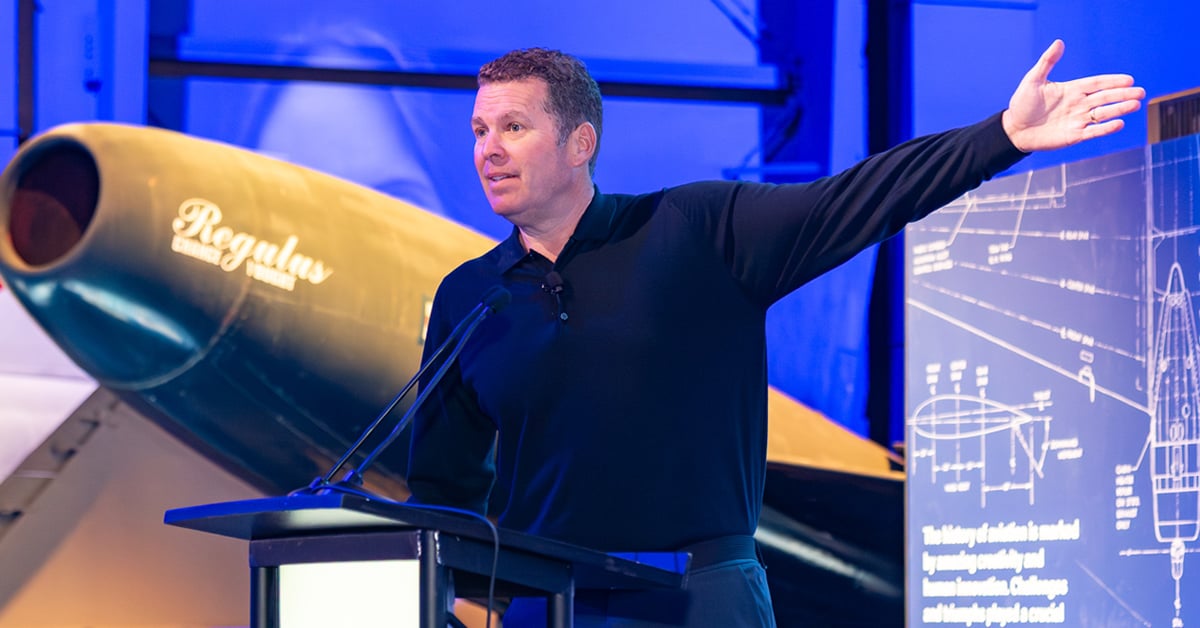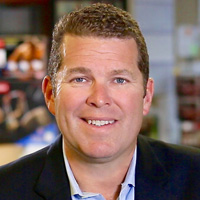Transition is one of the themes I return to again and again when I speak to leaders and teams as an inspirational keynote speaker. Every organization faces these moments. A transition is the period when you must shift your focus from one phase of performance to the next. It might be a move from a creative phase to a productivity phase. It might be a shift from crisis mode to growth mode. Or, as in the case of a recent client, it might be the move from a retail sales focus to a sales velocity focus.
Recently, I worked with a large multinational consumer packaged goods company competing in the hydration space. For a decade, they focused on expanding the number of retail doors that carried their products. Their strategy was all about distribution growth. Today, they have reached nearly two hundred thousand retail locations. That achievement created a new challenge. They have almost maxed out the number of possible retail partners. Their days of hunting large new accounts are nearly over. The next stage requires a totally different mindset. They must shift from selling into stores to selling through stores. Improving velocity is now the priority.
One reason they brought me in is that I have lived the exact same transition. At Perfect Fitness, we experienced this turning point. We had to switch our collective mindset from getting products on shelves to getting products off shelves. That shift is not easy, and in my experience organizations struggle with it for three main reasons.
Three Challenges of Organizational Transition
 The first challenge is awareness.
The first challenge is awareness.
Many organizations do not realize they are in the middle of a transition. They keep doing the same things and expect the same results they achieved in the past. The results do not come, and frustration builds. Without awareness, no amount of effort will move the team forward.
The second challenge is personal and cultural adaptation.
Teams must understand that the old approach no longer fits the new stage. Sales teams who once focused on closing new accounts now need to build deeper relationships and support sell through. Marketing teams must step forward as a major driver of growth. The warning is real. Not every salesperson will adapt. Some will resist. Others will try but will need support to learn new skills.
 The third challenge is behavior change.
The third challenge is behavior change.
Achieving stronger sales velocity requires new habits. Teams must develop and practice new behaviors, from improved point of sale displays to better coordination with marketing, to regional and national campaigns that support the product once it sits on a shelf. This takes time, patience, and consistent reinforcement.
When I guide organizations through moments like these, I encourage people to focus on the verbs. The actions. Too often, individuals fixate on the nouns or destinations. They think about the goal but not the actions required to get there.
My priority when speaking to any audience is to help them take the very next action. No goal becomes reality without a long chain of persistent actions. A strong keynote should inspire people to move, not just understand.
I am in the business of inspiring action. That is the heart of my work.
The Action Loop: Aware, Act, Assess
In periods of transition, I highlight three phases that help people move forward. These phases form what I call the Action Loop. The phases are Aware, Act, and Assess.
Getting someone to take a new action is one of the hardest tasks a leader faces. New actions pull people out of their comfort zone. Anything new feels awkward, slow, and often frustrating. Most individuals do not perform well the first time they try something unfamiliar. They struggle. They fail. They focus on how difficult the activity feels rather than the early progress they are making.
This is human nature. It becomes even more challenging when teams have spent years or even a decade succeeding with a familiar approach. That comfort becomes an anchor. Leaders must help them loosen that anchor and develop confidence in new behaviors. Transitions happen in every organization. Understanding how to help people embrace change can transform a team.
A Gateway Story: Learning to Swim Without My Arms
When I speak about change, I often share a story from my Navy SEAL training. It is the story of drownproofing. In this drill, we had to learn how to swim with our feet tied together and our hands bound behind our backs. The mission was simple to describe and brutally difficult to execute. Do you know how hard it is to swim without your arms? I did not understand the challenge until I was pushed into the deep end and told to make it happen.
It was a direct encounter with the old phrase sink or swim. Only in this case, sinking was not an acceptable outcome. Learning to move, breathe, and stay calm while bound was one of the most intense experiences of my training. I share this story because it is a powerful example of learning something new that feels impossible at first. It gets people’s attention. It opens their minds. I call this kind of story a gateway story.
A gateway story captures imagination. It creates a moment when people begin to consider new possibilities. But a gateway story is only as effective as the bridge story that follows. A bridge story brings the lesson from the extreme example into the real world of the audience.
A Bridge Story: Transitioning at Perfect Fitness
For this audience, my bridge story focused on my time as CEO of Perfect Fitness. We went from selling a few products to managing up to eight feet of shelf space in major retailers like Walmart. That transition required a dramatic shift. It was not about how many items we could sell into Walmart. It was about choosing the right assortment and then building strategies to improve sales velocity.
In other words, it was all about sell through. The story connects directly to the hydration company’s challenge. Whether you are learning how to swim with your hands tied or learning how to increase sales velocity, you need the three A’s. You must be aware of the transition you are in. You must take action. You must assess your results and repeat the cycle.
Helping Teams Embrace the Shift
For the hydration company, I worked closely with the CEO to tailor a keynote that supported her opening remarks and the central theme of their conference. They wanted their people to understand that they need to do things differently to achieve new goals. My role was to reinforce that message with stories, tools, and practical steps.
I built the keynote using elements from my books Unstoppable Teams and Unstoppable Mindset. These frameworks help people lead themselves first, then lead their teams through change. At its core, a transition is nothing more than change. Change is constant. The more comfortable you become with change, the more success you will create. Confidence grows with repetition. Repetition grows with action.
The tools I offer are simple because simple works. I have learned them through forty years of trying, failing, learning, and succeeding. My job is to weave compelling gateway and bridge stories with proven tools so audiences will not only listen but also feel ready to take that crucial next action.
The Goal: Help People Be Unstoppable
Helping people achieve things they once believed were out of reach is one of my greatest joys.
My mission is to help audiences Be Unstoppable. As I often remind people, Unstoppable is our choice. Every transition is an invitation to practice that choice. If your organization is entering a transition and you want your people energized, confident, and ready to act, reach out. I would be glad to discuss how I can help inspire your audience to take the next step.
Be Unstoppable,
Alden





